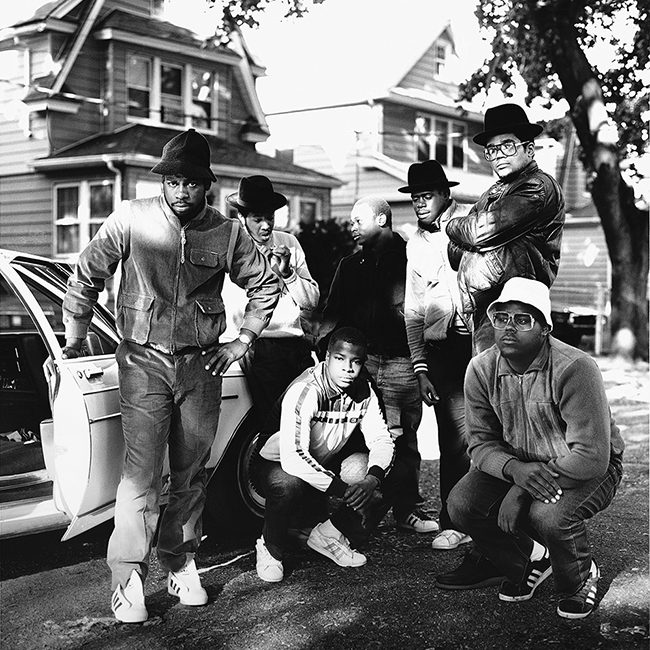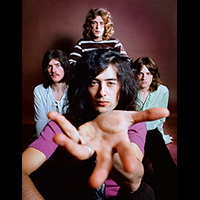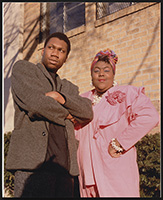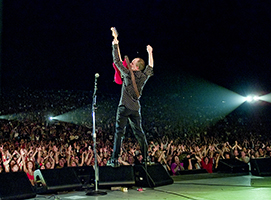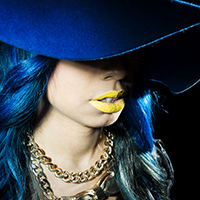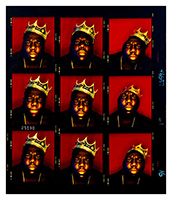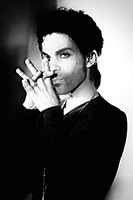Earlier this morning, “How To Get Away With Murder” star Viola Davis’s nomination for the Outstanding Actress in a Drama Emmy was announced. A couple of months ago, Corina Marie Howell, a Los Angeles-based entertainment, beauty and advertising photographer, brought Davis into the studio for a cover shoot for TheWrap‘s “Insider’s Guide to All Things Emmy’s.” Published 12-15 times per year, TheWrap’s print magazine is distributed to members of actor’s guilds like WGA, SAG and DGA, and to academies and studios. Ms. Davis is an Oscar-nominated, Tony-winning actress with a busy schedule. We asked Howell, and Ada Guerin, TheWrap‘s creative director about the shoot.
Photo District News: How did TheWrap decide to feature Viola Davis for the cover?
Ada Guerin: When it came time to put someone on the cover of our Comedy/Drama issue there were so many possibilities—there are so many great programs both on cable and network. But let’s face it, there is only one Viola and there is just something about her that is undeniably fierce. Who wouldn’t want to photograph Annalise Keating! She’s a bad ass, right?
Corina Marie Howell: I agree! I was super excited at the possibility of getting to shoot her; it was a big opportunity for me as an up-and-coming photographer. It’s hard not to get your hopes up when given these opportunities, because oftentimes it doesn’t work out how you hope.
PDN: Was there any doubt about it happening?
AG: There was a moment when we didn’t think it was going to work out at all, but that’s typical of all shoots; especially when you are working with A-list talent. There are a lot of moving parts: the talent’s schedule, concepts, wardrobe, network, etc. And when it comes to an approval process, the more creative and concept-driven you are the more involved the approval process is.
CMH: We prepared several versions of a detailed moodboard of our concept that had to be approved by PR and the network before being given the green light.
PDN: How did you come up with the concept for the shoot?
AG: I always start with a color scheme. TheWrap’s signature color is red; whatever I use needs to work with that. The two covers Corina and I have done together have both used red. We used a detail of color (a red finger nail) for the first, but for Viola our battle cry was, “Go big or go home!”
CMH: We also wanted to include a subtle nod to the content of the show while still keeping it about Viola’s beauty and strength. Red was perfect to use for that duality. It alludes to the theme of murder in the show…
AG: …And keeps on brand. We had a few early concepts that would have involved glycerin tears, referencing Viola’s famous wig scene, but Corina felt drawn to the idea of motion. She talked about the way a liquid flows and moves, like blood in the show.
CMH: Exactly! And the way a long dress would move in the wind. Our stylist, Jordan Grossman, ended up pinning extra fabric to the back of Viola’s dress like a bustle. And with the aid of several fans and styling assistants holding bits of fabric we were able to accomplish the look of movement.
AG: There was SO much fabric! I think I even jumped in to help with it at one point.
PDN: You had different content for print and web. How did that come about?
AG: I remember after Corina and I worked on the Jeffrey Tambor shoot for the TheWrap‘s Emmy kick-off issue, “The Race Begins,” back in March/April, we were talking about creating a richer experience both digitally and in print. We had been talking about what makes a good cinemagraph, and the Viola shoot was a great opportunity. Especially with all that fabric. Print is a static medium by nature. It’s still. The challenge was to recreate the awesome experience of being with Viola and that dress and all that fabric! Different kinds of image manipulation seemed to be the best approach.
CMH: For the opening still we wanted to layer the fabric as much as possible as if to create an effect almost like time-lapse: the viewer sees the same section of fabric being blown in different directions but all in the same frame. Ultimately the look of things being blown or “flowing” is best captured in motion. The problem with traditional video is multi-dimensional: 1) getting permission to film an actress on a still shoot in any way but behind-the-scenes is very difficult and 2) from an online viewer perspective, both file size and sound are barriers to getting views. A cinemagraph really solves all of our issues: no acting on the part of Viola, no sound to disrupt the viewer when viewing on an app like Instagram, and smaller file size for loading online.
AG: It’s hard to find a photographer that can pull off both stills and motion and do it well, and in such a short period of time. We had less than two hours to pull off three setups, two wardrobe changes, and an ace cinemagraph. Corina really has the ability to look at a project from the perspective of stills and motion and decide where and how we can do what and in what period of time.
CMH: It’s really my goal on shoots now to get as many different kinds of content as possible. Sometimes things look best in still form, and sometimes in motion, and sometimes somewhere in-between. It’s best to have engaging options for all the different kinds of mediums we use to view things.
I hope we bring this sort of style to more celebrity shoots. I’d love to create some dual still and video content for fall TV or maybe even for the Oscars. We’ll see what we can get approved!
Related: Reed + Rader Go Beyond the GIF to Make the Moving Images of the Future (for PDN Subscribers only; login required)
Building a Better GIF (for PDN Subscribers only; login required)
